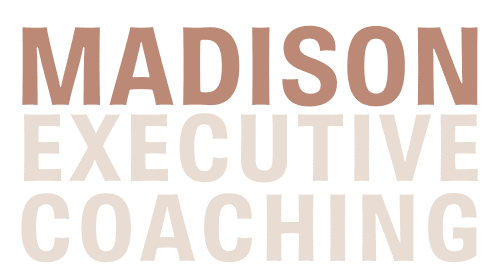 Source: Wisconsin State Journal
Source: Wisconsin State Journal
During a fireside chat on the UW-Madison campus in March, a leader in the National Science Foundation’s newest and most hands-on program gave a tip of the hat to what he was seeing in his quick tour of Wisconsin.
“There’s talent all around this state,” said Erwin Gianchandani of NSF’s Technology, Innovation and Partnerships directorate. “And it’s incumbent on us to be able to find ways to be able to create opportunity for that talent … to create pathways for that talent to become a part of the STEM-driven workforce and economy of the 21st century.”
Roll forward a couple months, and NSF is making good on Gianchandani’s observation that Wisconsin has the tech, talent and market-based tools to help build a brighter future.
Capping a competitive process that began in early 2022 with a nationwide call for ideas, the NSF announced May 11 that two Wisconsin partnerships had been awarded $1 million “Type 1” grants through its Regional Innovation Engines program. Two-year grants were awarded to:
The Athletic’s Shams Charania reported yesterday that LeBron James played through the last few months, including the playoffs, with a torn tendon in his foot that could require off-season surgery. Skip Bayless and Shannon Sharpe react to the report.
A team led by The Water Council in Milwaukee to plan how water and energy can be more efficiently used by manufacturers and utilities, with goals of addressing climate change, confronting higher energy costs and levering private investment over time.
A group led by WiSys, a foundation that primarily works with researchers, innovators and entrepreneurs in communities outside Madison and Milwaukee, to model ways to make agriculture more sustainable and responsive to markets and labor needs.
A few million dollars won’t get all that done, of course, but if the two Wisconsin teams create interdisciplinary plans that can be applied statewide as well as nationally, the next stage in the NSF process would be $160 million “Type 2” grants to implement those ideas over 10 years.
Of the 500-plus applications for the Type 1 NSF grants, only 44 were awarded. The fact that two landed in Wisconsin — with its long history of water, agricultural and manufacturing innovation — speaks well of the state’s potential to apply science and technology to core assets in ways that can be adopted by others.
It also represents something that can be rare in society today, which is collaboration among groups and regions that might not always have a lot in common.
Partners in The Water Council proposal are the MKE Tech Hub Coalition, Marquette University, the Wisconsin Center for Manufacturing and Productivity, the Madison Region Economic Partnership and the Wisconsin Technology Council.
The 30 partners in the WiSys grant include the 13 UW System campuses, many private companies and foundations tied to farming or natural resources, the U.S. Geological Survey, the Wisconsin Alumni Research Foundation, the Wisconsin Economic Development Corp. and the Tech Council.
By creating its new Technology, Innovation and Partnerships wing — the first new directorate in 30 years — the NSF signaled it was adapting to the times. Long known for its basic science research grants, the NSF resolved to become more attuned to markets, workforce needs, diverse communities and emerging national challenges.
It also determined to dig deeper for good ideas in places outside traditional tech corridors on the East and West coasts. Only two of the 44 Type 1 grants are based in California, for example, and six in the nation’s northeast states. The bulk of the selected proposals are east of the Rocky Mountains, in the Midwest or the South, and they address many tech-based challenges. Wisconsin is among a dozen states with two or more awards.
“In many ways, this is a generational opportunity,” NSF’s Gianchandani said during his March visit to Madison. “This is our generation’s Sputnik moment, and we’re not going to be able to solve it if it’s just a few of us. It has to be all of us working together on the same page to be able to get where we want to get.”
It’s good that Wisconsin has a few words on that ambitious page.
Tom Still
Tom Still is the president of the Wisconsin Technology Council.
Email: tstill@wisconsintechnologycouncil.com
“This is our generation’s Sputnik moment, and we’re not going to be able to solve it if it’s just a few of us. It has to be all of us working together on the same page to be able to get where we want to get.” –Erwin Gianchandani, National Science Foundation



